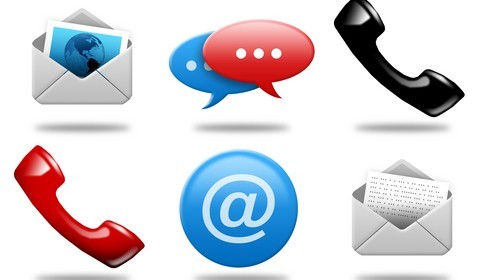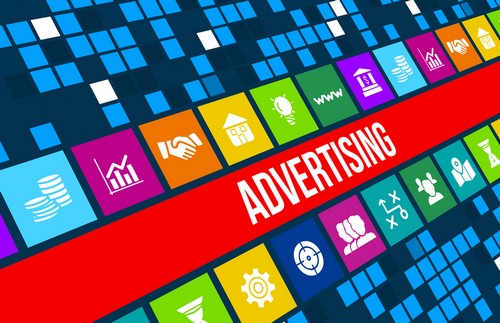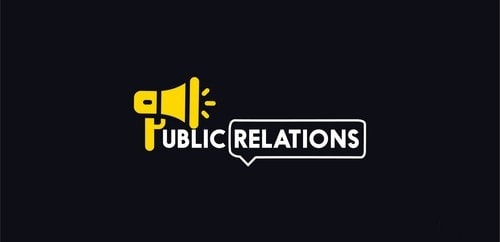As we all know, marketing communication is a complex process that makes use of numerous communication tools integrated. Simply put, these tools are a set of diversified programs designed to communicate with the target audience effectively. A marketing communication tool enables business owners to reach out to their target market and inform them about their products/services.
While promoting a particular product or service, companies must choose only those communication tools that best suit their campaign, only then can they generate optimum sales. The type of communication tool used depends upon the target audience, budget, and also the objectives of the company. For example, a company looking to target prospective customers may opt for online advertising, social media channels, or direct mail, while companies looking to reach existing customers may consider more outbound techniques such as email marketing, telemarketing, or customer loyalty programs.
Table of Contents
What are Marketing Communication Tools?
Marketing communication tools are the various techniques used to communicate with customers and prospects. They are part of the fourth P in the marketing mix and are known to have a significant impact on consumer behavior. These tools include advertising, public relations, personal selling, direct marketing, sales promotion, branding, social media campaigns, and other such activities. These all are part of the communications mix that refers to the set of tools employed to communicate with existing or potential customers.
Most Prominent Marketing Communication Tools
1) Advertising
This is one of the most prominent and widely used communication tools in a marketing campaign. It can be in both paid form and unpaid form. The main driving force behind this tool is mass media such as television, radio, digital campaigns, print campaigns, etc.
More often than not, advertising makes use of ‘above the line (ATL)’ media campaigns because of the kind of reach it has. However, companies that are running low on budget or companies that require more exposure (apart from ATL marketing) use ‘below the line (BTL)’ advertising. Now let us have a close look at these two types of advertising tools.
a) Above The Line Marketing: Brands that are after mass appeal often opt for this type of marketing technique, because brands having mass appeal do not generally have a genuine target market or a particular demographic to aim for. They will have to aim for a huge and diversified market in general. In such cases, above the line marketing or mass media/digital marketing can prove to be the ideal techniques to run the marketing campaign.
Some examples of ATL marketing are mentioned below:
- TV
- Radio
- Print Media
- Cinemas
- Outdoor Media (Billboards, Transit Advertising, Commuter Displays, etc.)
b) Below The Line Marketing: Brands that do not have a great mass appeal often opt for this BTL technique. They have genuine target markets and small audiences to aim for. In this type of marketing, the advertising agencies that are hired to run the campaign do not take any commission but do send invoices for the services rendered. These expenses typically appear below the line on the billing invoice sent to the firm, hence the name BTL marketing.
Some examples of BTL marketing are mentioned below:
- Internet Marketing or online marketing
- Social Media Marketing
- Direct marketing like Email Marketing
- Outdoor Advertisements
- Sales Promotions
- Pamphlets and Brochures
2) Sales Promotions
This is a direct communication tool. A marketing team might use it to communicate with the consumer directly and effectively in an attempt to promote a product. Sales promotion is widely used in FMCG and retail sectors. Some techniques involved in these promotions are:
- Temporary Discounts
- Telemarketing
- Free Gift Vouchers
- Distributing free samples, etc.
3) Publicity
This is generally a free communication tool and the firm generally does not pay for it. This kind of marketing campaign includes product reviews, free surveys, newspaper articles, etc. However, with the rising marketplace competition, even such free communication tools have become paid platforms to promote products.
4) Personal Selling
Personal selling is a communication tool wherein a salesperson gets directly in touch with the potential consumer making him/her understand the pros and cons of the product. While doing so, the salesperson has to go through the key aspects of the AIDAS (Attention, Interest, Desire, Action, and Satisfaction) cycle, which are primary requirements for a sale to be considered as complete. Though this process is a bit time-consuming and costly, the outcome is generally positive, often leading to a loyal customer.
5) Public Relations
This communication tool primarily concentrates on increasing the brand image of a business. Maintaining public relations with influential persons across various industries, scholars, and celebrities forms an important part of this tool. However, making use of these relations at the right time and in the right way is where the success of such marketing efforts lies.
Note: Publicity is not an integral part of public relations; however, certain PR campaigns may involve publicity.
Conclusion!
Marketing communication tools are vast and extremely important for any business. Nowadays, successful businesses utilize integrated marketing communications that combine various marketing communication tools like advertising, online marketing, social media platforms, mobile marketing, public relations, direct marketing, and sales promotion.
To maximize effectiveness, promotional tools should be used together rather than separately. The Integrated Marketing Communications (IMC) approach aims to provide customers with a seamless experience. By using IMC, businesses can deliver a consistent message across multiple channels and platforms, and better understand how customers interact with their brand.
Strategically utilizing a combination of marketing communication tools can help businesses create a powerful and unforgettable presence in the minds of their customers.
Liked this post? Check out the complete series on Marketing






Great post but I was wondering if you could write a litte more on this subject?
I’d be very grateful if you could elaborate a little bit more. Thanks!
Nice description
informative article…. thanks for sharing
keep it up sir :)
It’s really interesting. I learned a lot in this place. keep sharing us good tools.
Hmm, i enjoy every bit of this, so real, though concised
Hmm, i enjoy every bit of this, so real, though concised